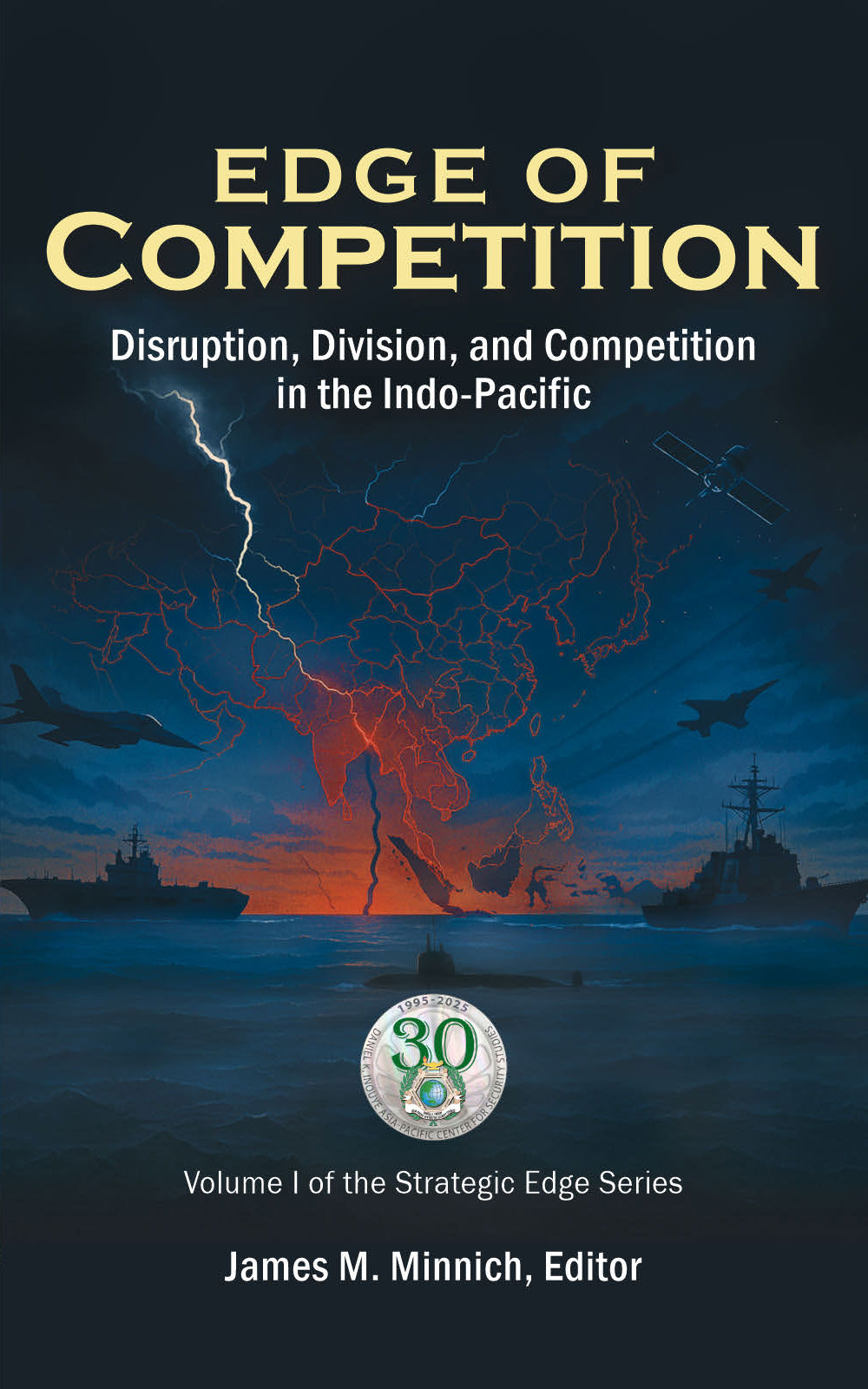Chapter 2
Disruptive Risks of Globalization
Sebastian Kevany
When goods don’t cross borders, soldiers will.
— Attributed to Frédéric Bastiat
Introduction
Globalization is no longer a phase; it is the underlying condition of the modern world. From economic integration to labor mobility to digital connectivity and cross-border finance, it shapes how states compete, cooperate, and secure their interests. However, the speed and scale of these global flows have also created friction: economic nationalism, supply chain insecurity, and political fragmentation have emerged as reactive forces.
Yet globalization has not receded. Instead, it has entered a new phase—what might be called neo-globalization. Unlike the structured, rules-based order of the Bretton Woods era, this phase is diffuse, decentralized, and often leaderless. Global internet use has quadrupled in two decades. International trade and data flows continue to expand. What remains is not coordinated governance, but a relentless, bottom-up surge of goods, services, and information, moving faster than the ability of institutions to adapt.
This chapter uses the lens of complex interdependence to examine how globalization’s evolving structures—economic, technological, and digital—create new forms of strategic vulnerability and diffuse insecurity. Traditional models of national defense, focused on territorial protection and conventional force, are increasingly ill-suited to transnational, non-linear, and system-wide threats. From cyberattacks and pandemics to economic coercion and digital disinformation, today’s vulnerabilities rarely stop at the border.
These dynamics are especially pronounced in the Indo-Pacific, where strategic rivalry intersects with deep economic entanglement. Tensions between the United States and China unfold not just in military terms but through interdependent supply chains, dual-use technology, and asymmetric tools of influence. In this environment, war may be deterred, but insecurity is diffused and persistent.
This paradox of being bound together and strategically exposed defines the disruptive risks of globalization. Managing these risks requires more than withdrawal or ideological entrenchment. It demands a modern conception of security—one that balances national sovereignty with practical coordination, and resilience with strategic foresight.
This chapter explores how globalization continues to reshape the security environment. It examines how economic, technological, and societal forces converge with traditional defense concerns and outlines strategic options for navigating a world where interconnectedness itself has become a domain of competition.








